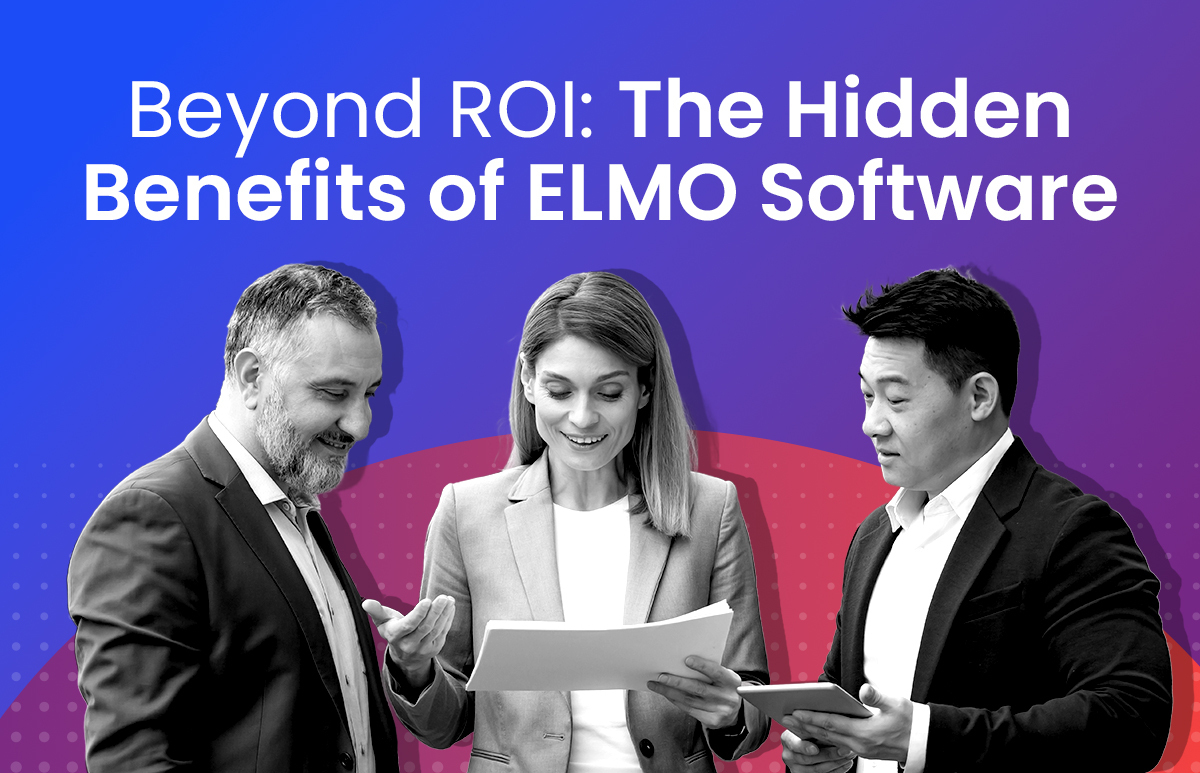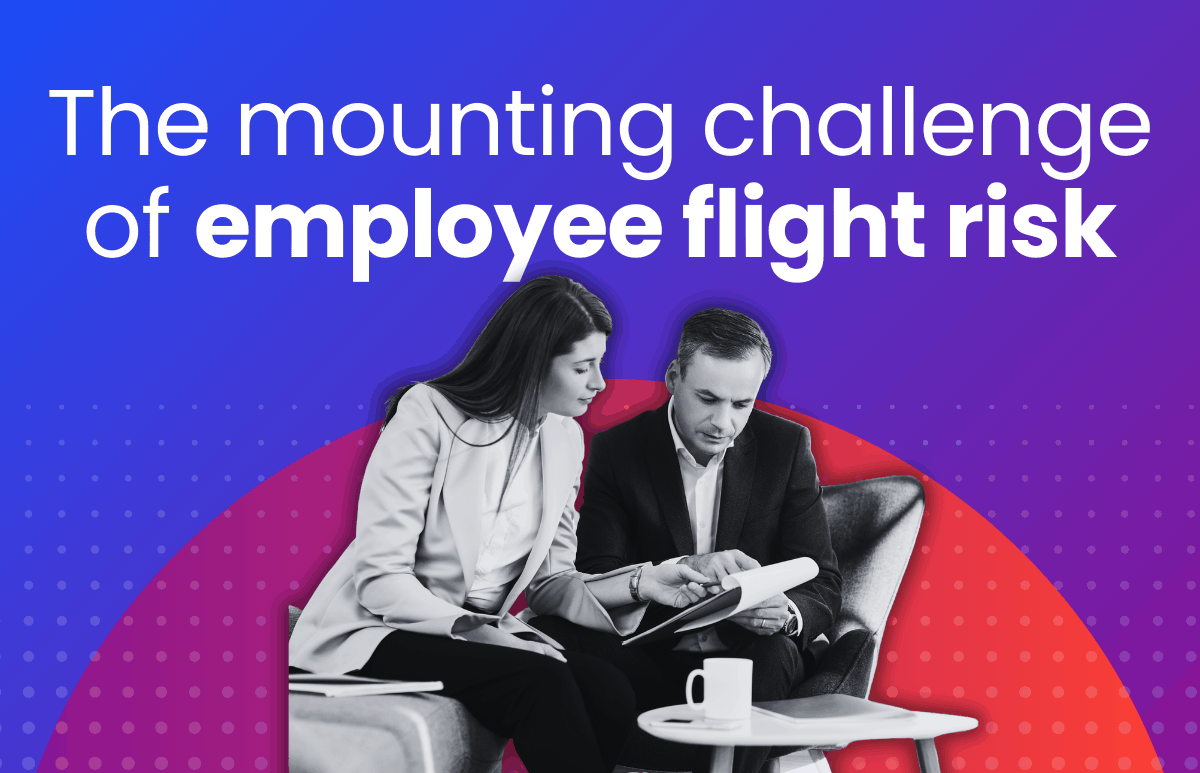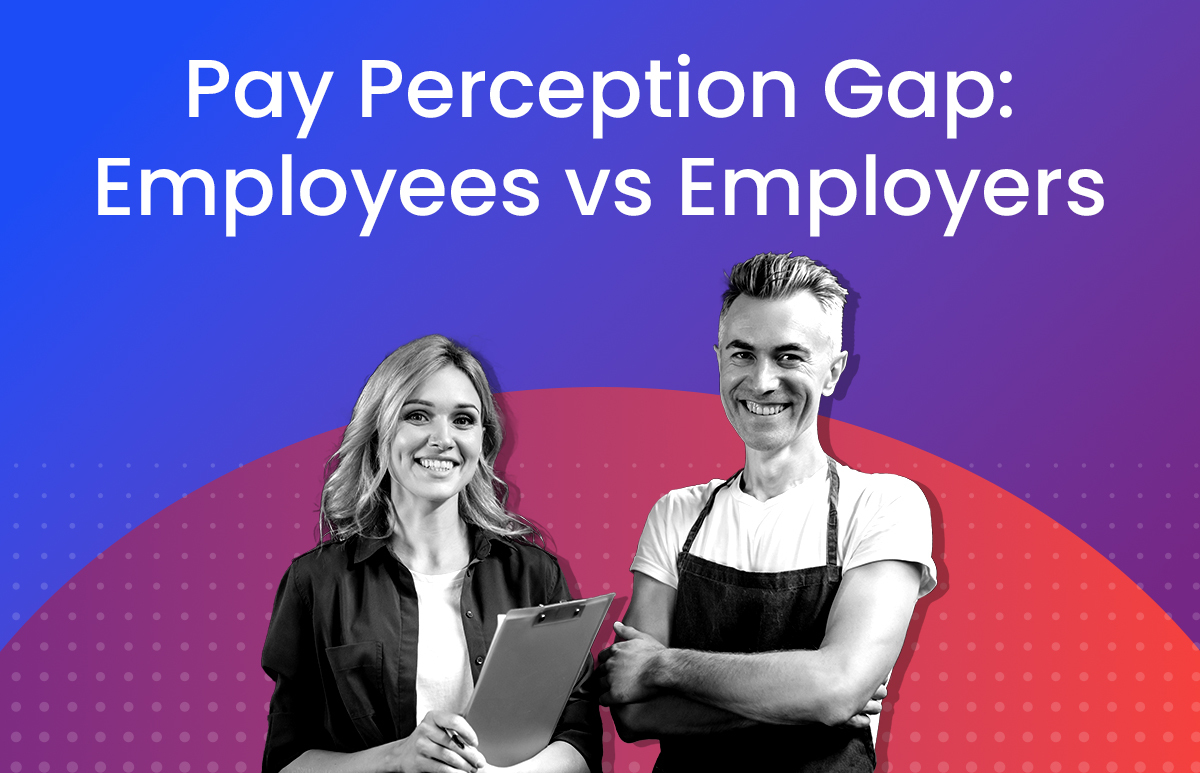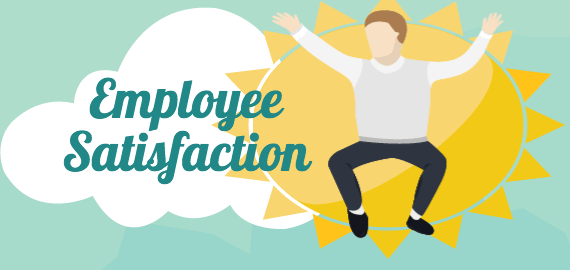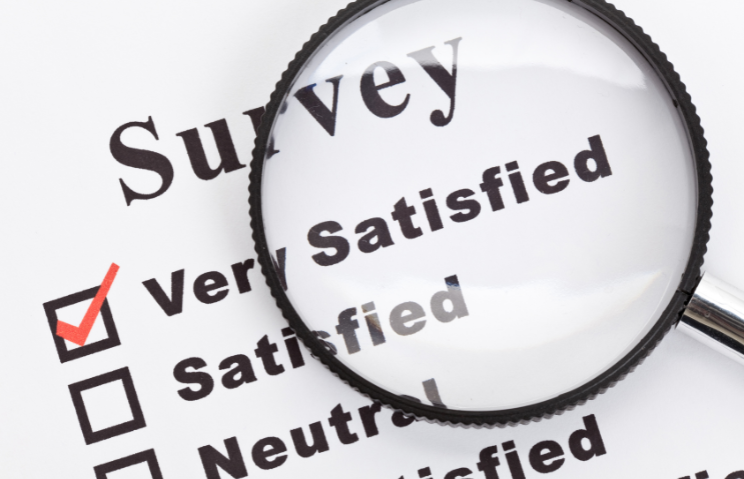5 Tips for Australia’s Employers to Reduce COVID-19 Tension in the Office
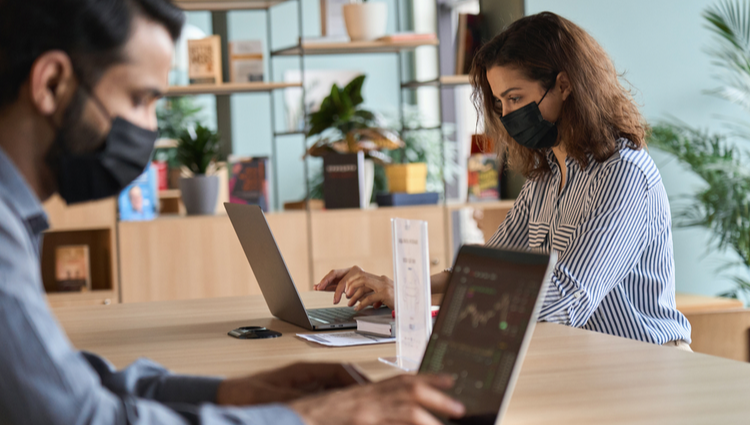
As Australia shifts to living with COVID-19, organisations face big decisions around how to keep their staff safe in the office.
The issue has been bubbling away under the surface for most of 2021, but now after a number of sweeping COVID-19 vaccine mandates issued by state and territory governments, the private sector has been propelled into action too.
We’ve seen a string of white-collar employers requiring workers to be vaccinated if they want to return to the office, including from some of the Big Four banks and consulting giants. But the question remains, will COVID-19 vaccine requirements be here to stay?
The requirements for employers vary from state to state. Once NSW hits the 95% double-dose vaccination target, proof of vaccination is no longer required under the current public health order. Victoria has yet to announce when the vaccine requirement might be lifted. HR leaders across Australia should make sure they understand the COVID-19 requirements for their industry issued by their state or territory government.
Support is rising for mandatory COVID-19 vaccinations
ELMO Software’s most recent Employee Sentiment Index recorded a striking rise in the number of Australian employees who said they would feel uncomfortable working alongside unvaccinated colleagues. How has the sentiment around the COVID-19 vaccine changed?
- 58% of the 1,052 employees surveyed reported feeling uncomfortable about the prospect of working in the office with unvaccinated colleagues – a 14-point jump on Q2
- 70% of respondents support employers requiring workers to be vaccinated – an eight-point rise on the previous quarter
As organisations map out what a return to the office will look like, it’s important for HR leaders to be aware of the vaccine tension employees may be experiencing. Here are five tips to help HR and people managers make the return to the workplace as smooth as possible.
1. Ask about return-to-work anxiety
Consultation is a critical step in reducing fears and anxiety around returning to the workplace. The COVID-19 vaccine is a divisive issue – but don’t shy away from asking the important questions.
Organisations can only begin to address vaccine tensions by identifying their employees’ specific concerns. Are employees worried about catching COVID-19 in the office? On public transport? Are they worried about having to isolate if they become a close contact?
Like any change management, return to work will inevitably spark a mixed response. But regular surveying allows HR leaders to identify issues as they crop up in real time. Just remember, there can be too much of a good thing. Keep surveys specific, quick to complete, and follow up with timely action.
ELMO Survey helps organisations create and execute staff surveys to capture actionable insight into employees’ attitudes and opinions towards their work environment, wellbeing or a change management process.
2. Communicate effectively
Once HR leaders know what the main worries are, communication is the next step. It may be as simple as sharing the location of sanitation stations around the office, or how capacity has been reduced to help with social distancing. Also remember to encourage employees to communicate if they are experiencing back to work anxiety, making it as easy as possible to reach out to their HR leader or manager.
Organisations can also ease tensions by being transparent as to how the risk has been assessed and what decisions have been made in relation to the risk. After all, we’ve seen the power of open and honest communication during times of uncertainty, and returning to the office is no different.
Ensure communication with employees is based on reliable, up-to-date sources such as national, state or territory government websites.
3. Fail to prepare, prepare to fail
Navigating the path around COVID-19 vaccines isn’t easy for HR leaders, but preparation is critical. In large workplaces, it is very likely a portion will choose not to be vaccinated – for health reasons, or otherwise. Equally, the sentiment around returning to the office alongside unvaccinated employees will vary too.
HR leaders can benefit from scenario planning, creating personas for different portions of the workforce and establishing how HR and the wider business can support their needs. For example, those who are immunocompromised or live with someone who is high-risk.
The planning process will also enable HR leaders to put together a list of answers to frequently asked questions (FAQs) for managers, assisting with a smoother transition and reducing the number of queries that land on HR’s desk.
While the country is moving ahead with the vaccine roll-out, it’s important that employers have the tools required to manage COVID-19 in the workplace.
For those organisations that identify a need to monitor vaccination status or require regular COVID-19 testing for employees, ELMO COVIDsecure may be the answer. COVIDsecure supports businesses by automating record-keeping relating to COVID-19 testing and tracking the vaccination status of their workforce.
With COVIDsecure, employees can submit their own records of their COVID-19 vaccination and/or test results in a single platform with strict secure access and control measures. Just as critically, COVID-19 HR policies can be customised to suit your organisation’s unique needs, with rapid deployment capabilities and in-built acknowledgement tracking to help ensure compliance obligations are being met.
4. Don’t overlook the role of managers
While it may be HR leaders who are hashing out their workplace health and safety (WHS) precautions, it is often managers who set the standard for good – or bad – behaviour. It’s important to make managers aware that how comfortable one employee feels about returning to the office will vary from another, but the way they handle the situation could have a big impact on engagement and morale.
This is where those all-important soft skills like empathy, communication and active listening play a role in addressing any vaccine tensions sensitively. Resources such as FAQs or a training session will also help to empower managers with the answers and skills they need.
5. Be flexible in your return-to-work policy
As hard as they try, HR leaders cannot address every anxiety employees might be feeling – and nor are they expected to. But by asking the right questions and communicating well, they can be reactive and experimental with how they support employees.
For example, organisations may continue to allow employees to work from home until the number of COVID-19 cases in the community reduces, or vaccination rates hit their peak. Alternatively, they might offer the option of working earlier or later to avoid the busiest time of the day for public transport.
Whatever the answer is, taking a case-by-case approach will help to maintain a higher rate of engagement, making sure staff feel heard and listened to as the country learns to live with COVID-19.
ELMO Software is a cloud-based solution that helps thousands of organisations across Australia, New Zealand and the United Kingdom to effectively manage their people, process and pay. ELMO solutions span the entire employee lifecycle from ‘hire to retire’. They can be used together or stand-alone, and are configurable according to an organisation’s unique processes and workflows. Automate and streamline your operations to reduce costs, increase efficiency and bolster productivity. For further information, contact us.
 HR Core
HR Core 